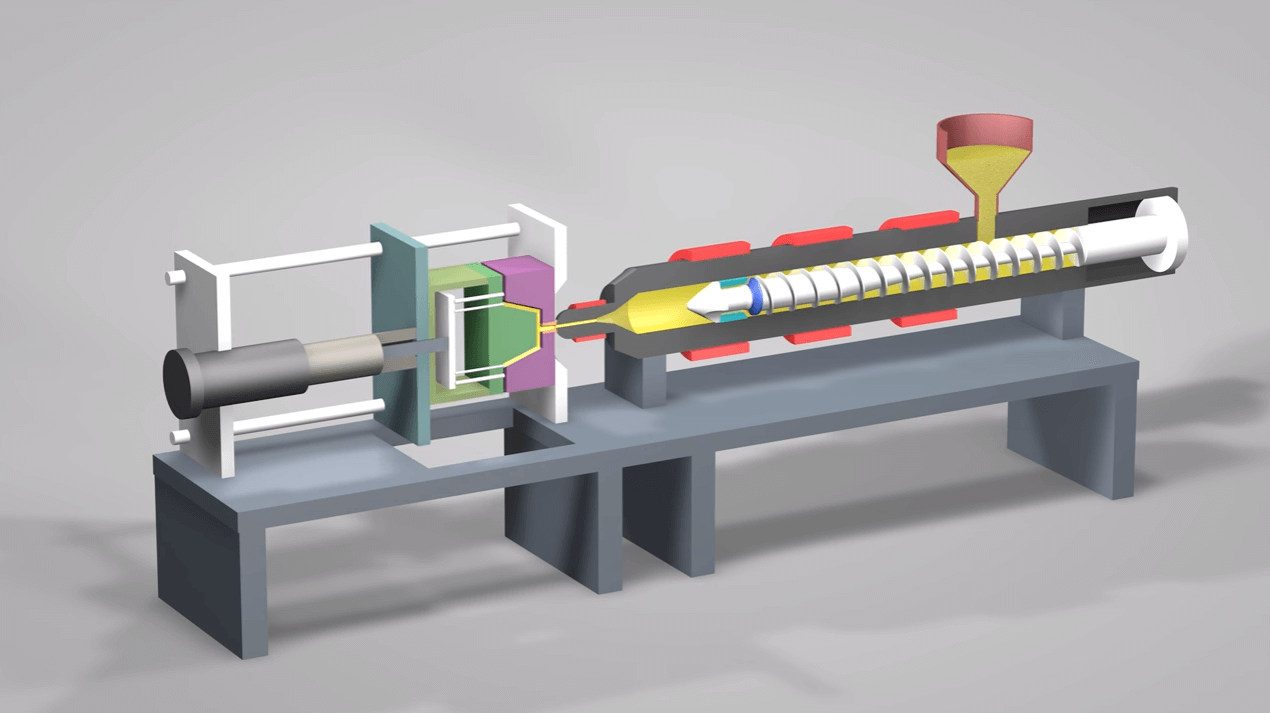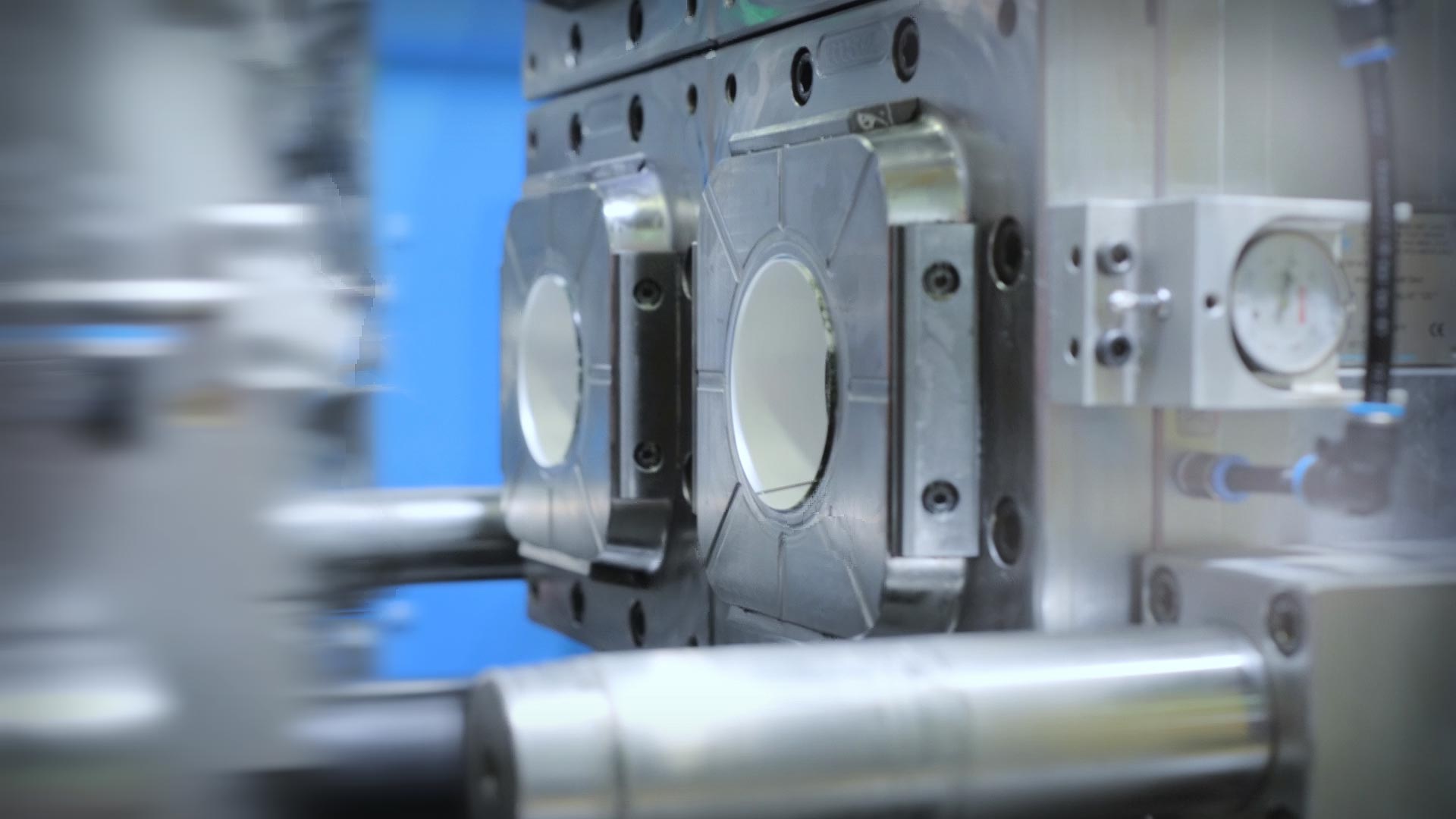Comprehending the Plastic Injection Molding Refine for High-Quality Production
Comprehending the Plastic Injection Molding Refine for High-Quality Production
Blog Article
Recognizing the Basics of Plastic Shot Molding Procedures
Plastic shot molding offers as a cornerstone of contemporary production, providing a methodical technique to generating complex components with precision. This procedure not only incorporates the fundamental steps of melting and injecting materials right into mold and mildews however additionally includes a nuanced understanding of numerous affecting aspects, such as temperature and stress. As sectors progressively demand effectiveness and top quality, the ins and outs of this technique become a lot more essential. Exploring these vital components might disclose just how even small changes can bring about significant renovations in manufacturing end results, questioning concerning the capacity for advancement in this well established process.
What Is Plastic Injection Molding?
Plastic shot molding is a commonly made use of manufacturing procedure that transforms thermosetting and thermoplastic materials right into accurate and intricate shapes. This strategy is favored for its capability to generate high volumes of identical get rid of outstanding accuracy, making it a vital method in different sectors, including vehicle, durable goods, and medical tools.
The process includes thawing the picked plastic product and injecting it right into a mold under high pressure. The mold and mildew, designed to the specifications of the preferred part, enables the molten plastic to form as it cools down and solidifies. When the product has actually hardened, the mold is opened up, and the ended up component is ejected.
Plastic shot molding supplies numerous advantages, including decreased waste, consistency in production, and the ability to integrate detailed layouts that might be testing with various other manufacturing methods. Additionally, it supports a broad range of materials, each providing distinct homes that can be tailored for particular applications. As markets remain to innovate, plastic injection molding remains at the center, enabling the growth of innovative items that satisfy progressing consumer demands.
The Injection Molding Refine
The injection molding procedure is a sophisticated technique that entails several key stages to generate high-quality plastic components. At first, plastic pellets are fed into a heated barrel where they are thawed right into a viscous liquid. This molten plastic is after that infused under high pressure right into a precision-engineered mold and mildew, which shapes the product right into the desired form.
As soon as the mold and mildew is filled, the plastic is allowed to cool down and solidify, taking the shape of the mold tooth cavity. Cooling time is important, as it impacts the cycle time and the final homes of the molded component. After sufficient air conditioning, the mold opens up, and the finished part is ejected making use of ejector pins.

Products Utilized in Injection Molding
Various materials can be utilized in the shot molding procedure, each offering one-of-a-kind properties that deal with specific applications. One of the most generally made use of products include thermoplastics, thermosetting plastics, and elastomers.

Thermosetting plastics, like epoxy and phenolic resins, undertake a chemical change during the healing process, leading to an inflexible, stringent structure. These materials are optimal for applications calling for high heat resistance and architectural honesty, typically made use of in electrical insulators and automobile components.
Elastomers, including silicone and rubber-based materials, supply adaptability and resilience. Their special residential or commercial properties make them appropriate for applications that require flexibility, such as gaskets and seals.
Additionally, specialty materials like bio-based plastics and composites are getting grip for their ecological advantages and boosted efficiency characteristics, broadening the scope of injection molding applications in various markets. Recognizing the buildings of these products is crucial for selecting the suitable type for particular projects.
Advantages of Injection Molding
Injection molding stands apart as a very effective production process that provides various advantages browse this site for creating intricate get rid of precision. Among one of the most significant advantages is the ability to create elaborate layouts that would certainly be difficult or impossible to attain with other methods (Plastic Injection Molding). The procedure enables in-depth functions and tight resistances, making sure top notch elements
Additionally, shot molding is understood for its rapid manufacturing abilities, making it a suitable option for high-volume manufacturing. As soon as the mold is developed, parts can be produced promptly, decreasing preparations and boosting general productivity. This performance not only decreases production prices however also supplies an affordable side out there.
The adaptability of materials utilized in injection molding additionally improves its appeal. A large range of thermoplastics and thermosetting polymers can be utilized, allowing makers to select materials that ideal meet their specific demands, consisting of adaptability, heat, and stamina resistance.
Additionally, the procedure minimizes waste, as excess material can commonly be reused and reused. This sustainability element adds to a lowered environmental effect, making shot molding a liable production choice. In general, the advantages of injection molding make it a favored approach for several industries.
Elements Impacting Item High Quality
While countless factors can influence product quality in injection molding, understanding these components is crucial for attaining optimum results. Trick facets consist of material selection, a fantastic read processing parameters, and mold design.
Material option plays a vital role, as various polymers show one-of-a-kind buildings that influence flowability, toughness, and thermal security. Insufficient material choice can result in defects such as warping or insufficient dental filling.
Processing parameters, including pressure, cycle, and temperature time, have to be thoroughly managed. Variations in these setups can cause incongruities in component dimensions and surface area coating. For instance, exceedingly high temperature levels may cause destruction of the polymer, while insufficient pressure can cause short shots.
Mold and mildew style is just as important, as it identifies the flow of the molten plastic and the cooling procedure. Badly designed mold and mildews might cause uneven cooling prices, resulting in recurring anxieties and dimensional mistakes.

Conclusion
To conclude, plastic injection molding functions as a critical manufacturing procedure that allows the effective manufacturing of premium elements. Mastery of the shot molding procedure, including the understanding of materials and the impact of numerous elements on product high quality, is essential for accomplishing optimal outcomes. The advantages of this approach, such as cost-effectiveness and style flexibility, further highlight its relevance throughout numerous markets, strengthening its status as a preferred choice for high-volume manufacturing.
Plastic shot molding offers as a cornerstone of modern manufacturing, providing a methodical method to generating intricate parts with accuracy.Plastic injection molding provides a number of advantages, including reduced waste, consistency in manufacturing, and the capability to incorporate complex styles that may be testing with other making approaches (Plastic Injection Molding). As markets continue to innovate, plastic injection molding continues to be at the forefront, allowing the development of advanced items that fulfill evolving customer needs
The injection molding process is a sophisticated technique that involves numerous vital stages to create top quality plastic parts.In final thought, plastic injection molding serves as an important manufacturing process that allows the efficient production of top quality parts.
Report this page